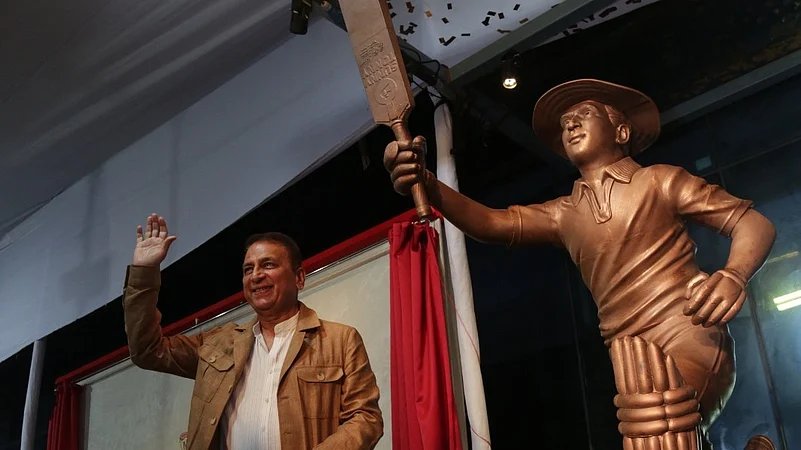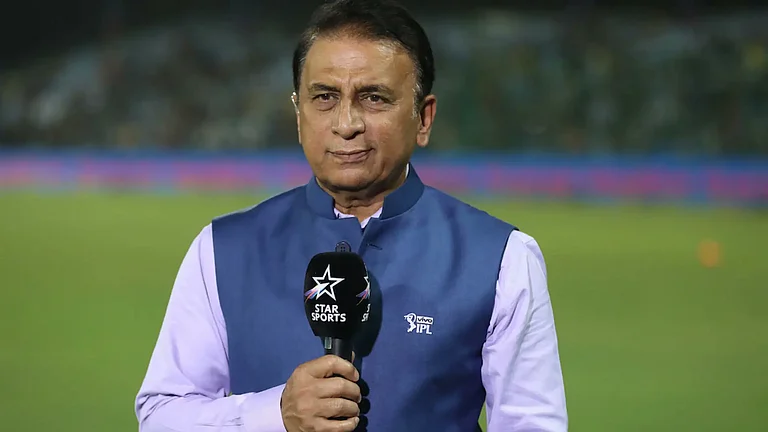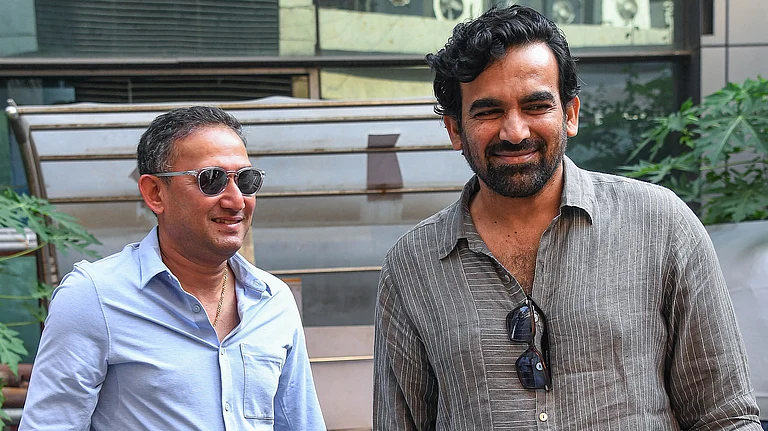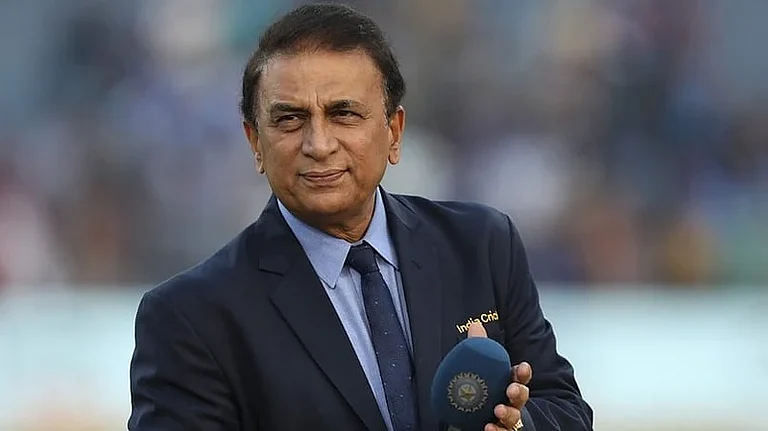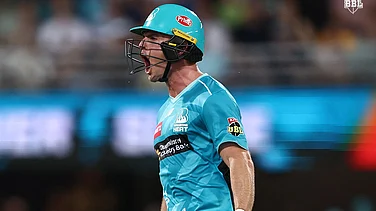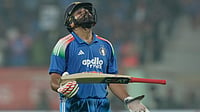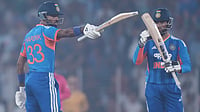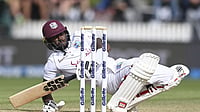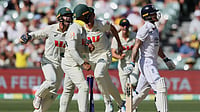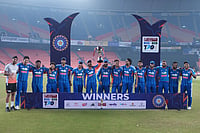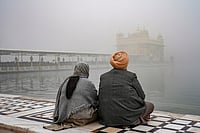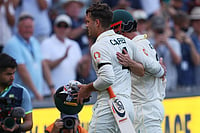
Sunil Gavaskar's statue unveiled at Wankhede Stadium.
It celebrates his historic achievement of 10,000 Test runs
MCA Museum opens to the public on September 22Gavaskar reflects on his emotional ties to Indian cricket
Ajinkya Naik acknowledges Gavaskar's pivotal moments in cricket
Sunil Gavaskar, the legendary Indian cricketer, expressed he was 'overwhelmed' after his statue was unveiled at the MCA Sharad Pawar Cricket Museum in Mumbai on Saturday (August 23, 2025). "I am actually at a loss for words because I am overwhelmed by this unique honour," the batting great said.
The statue was unveiled during the inauguration of the MCA Sharad Pawar Cricket Museum. The ceremony saw the presence of former Board of Control for Cricket in India (BCCI) and International Cricket Council (ICC) president Sharad Pawar. The museum is set to open to the general public on September 22, 2025.
Gavaskar remarked, "It doesn't happen to everybody that there is a statue just outside the museum where there is going to be so much more footfall."
He reflected on his long association with the Mumbai Cricket Association (MCA).
"The Mumbai Cricket Association, I've said in the past, is like my mother, (it) held my hand when I was beginning with cricket at the school's level, playing for Bombay schools," the 76-year-old said. "Thereafter as well, for Ranji Trophy etc. It's been absolutely just a privilege and an honour and a blessing to be able to play for Mumbai and I never ever dreamt that it would come to this."
Statue Celebrates 10,000 Test Runs Milestone
Gavaskar’s statue commemorates his historic achievement as the first-ever player in Test cricket to score 10,000 runs, a milestone he reached during the Ahmedabad Test against Pakistan in March 1987.
Reflecting on that moment, he said, "It took me back to that particular time when that ball was bowled and I got to the 10,000th run so yes, it brought back very good memories.
"This is an honour for all those with whom I played cricket in my Bhagirathi (Bai) building (during childhood in Mumbai's Tardeo), then at the school level, at the club (level), in the Ranji Trophy team and in Test cricket," and added.
"Had I not played cricket with them all, today, this statue won’t have been possible. I would not have reached here without the support I got from so many players in the dressing room."
MCA president Ajinkya Naik noted, "I asked him which are his favourite moments in Indian cricket. He shared few pictures with me. I think this was the best moment for him as well as for Mumbai and Indian cricket."
The museum will also display two of Gavaskar’s caps -- one from Mumbai and another from Dadar Union Sports Club.
Gavaskar Reflects On His Emotional Ties To Cricket
Gavaskar spoke about his enduring emotional attachment to Indian cricket, recalling a moment during a recent England tour when a young Shubman Gill and his teammates fought hard to secure a 2-2 draw. "Look, every time India wins, it's an emotional time," he said.
"I've stopped playing cricket for more than almost 40 years. But I was discussing with Cheteshwar Pujara in one of the last days of the Oval Game, that I think it is very difficult to get detached from the team. You might not be in that changing room, but your heart is in that changing room. Your feelings are in that changing room. And the emotion comes out every time India wins. Also, when India doesn't do well," he noted.
Gavaskar affirmed, "Heart is still in that Indian dressing room", underscoring his undying passion for the game.
He also lauded the MCA as a beacon for other cricketing bodies, remarking, "Mumbai cricket has always been the beacon for the other associations. Many things that Mumbai does have been followed by other associations and (they are) trying to get to the standard that Mumbai has. The standard has levelled up considerably which is fantastic news for Indian cricket. But still, Mumbai keeps on winning, keeps on getting to the semifinals and final."
Dadar Union Cap And Historic Victory Over Australia
Gavaskar recalled his early cricketing days and the lessons imparted by Dadar Union Sports Club. He said, "Dadar Union taught me so much about the fact that the game is bigger than the individual, (and) that, you do not take the game for granted, (and) that you have to keep on giving back to the game."
He continued, "But that cap was worn on the day we (India) beat Australia in 1981 (by 59 runs in third Test on 1980-81 tour) when Kapil (Dev) came in at Melbourne and took five wickets (5/28). He was unwell the previous day. He took painkilling injections and he came on to bowl."
Adding further details, he remarked, "It was a touch and go situation -- I am superstitious, as you probably know from now -- I had my Dadar Union cap, which was lucky. That is the reason I wore that cap that day — not the India cap — because they had to score some 60-80 runs and then they had lost three wickets."
(With PTI inputs)






